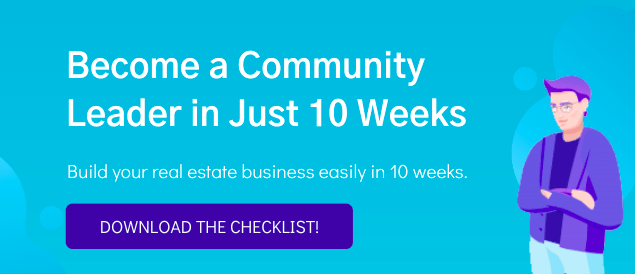Jim Rohn often said, “The fortune is in the follow-up”. So why don’t we do it? If we know that it brings results, why isn’t this our focus? Is there a way to follow up quickly and easily without annoying people?
Let’s look at the numbers that are relevant for EVERY entrepreneur:
- 50% of all sales happen after the 5th contact, but most reps give up after just 2 (InsideSales).
- It takes on average 8 cold calls to reach a prospect. 72% of all sales calls aren’t answered (Baylor University)
- 96% of salespeople quit after four attempts, but 50% of sales happen after the 5th Attempt (Zig Ziglar)
- Average salespeople slack off the first two months of a quarter, then scramble in month three. Their third-month efforts get a lower success rate as a result (Gong)
The golden rule for buyers is to never make a rushed decision, especially on a major financial decision like buying a home. Now more than ever is that in the buyer’s mind. Expect that you will need to follow up.
On top of that, these numbers suggest that we should be following up and doing it far more than we actually are. So what’s the deal? What’s stopping us?
The most common reason why people don’t follow up and how to address it
“I would follow up but I don’t know what to say”

Having a plan, target, or goal with your follow up is vital. As with any goal you start with the end in mind, your desired result. The Sale!
But does this mean that you can only talk about that? If that’s were the case, you’re likely to run out of things to talk about with your prospect very quickly.
So take a step back and think about what occupies the space between where you are now and where you want to be. Ask yourself who does business with you? My guess is that it’s a combination of people who know you, like you, and trust you. So, your follow up doesn’t just have to be about the sale. What if it were specific and tailored to your prospect’s interests?
It begins with your first contact. Use this as an opportunity to get to know your potential clients. Learn about what they like about your area. Find out what they are interested in. Obtain information that you can use later on to give you the context to follow up.
Say you were at a buyer’s consultation with a client and in conversation, you find out that your buyer has two children who love ballet. Or perhaps the buyer is a massive fan of a local sports team. It could even be that they are a self-proclaimed “Foodie”. This is information that you can use to ensure that you can follow up quickly and easily without annoying people.
Here is how it works:
- Google *Insert Their Interest/Like/Hobby/Want*. Adding in the area name can narrow the results down if it’s a broad topic.
- Find an article, blog, or video that you think they would be interested in. The best practice is to review the content before sending it. This way you learn more about your prospect’s interests. This way you can carry on a better conversation with them about it later.
- Send a short email, text, or DM to them which says “Hey NAME, I saw this and thought of you” With a link to the piece of content that you think is relevant for them. The best practice is to ask a question about the content as this gives the conversation a kick start.
Follow up is about increasing your conversations, touchpoints, and keeping you at the front of your prospects mind. So by providing a specific item of value, tailored to your prospect you’ll be able to do this. And it only takes 5 minutes.
The secret to all follow up is consistently bringing an item of value. Whether it’s specific to what you are going to be selling (e.g. your services), or focused on something that they’re interested in. The bottom line is that it must be valuable to them.
Need a blueprint on how to follow up quickly and easily without annoying people?
Become the community expert in your area in just 10 weeks. Download the Free Become A Community Leader Checklist to learn:
- How to outshine the competition in the community you serve
- Networking with the right people to best understand your community
- How to generate referrals from giving back to your community





